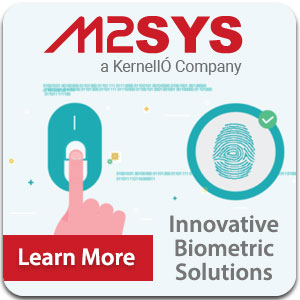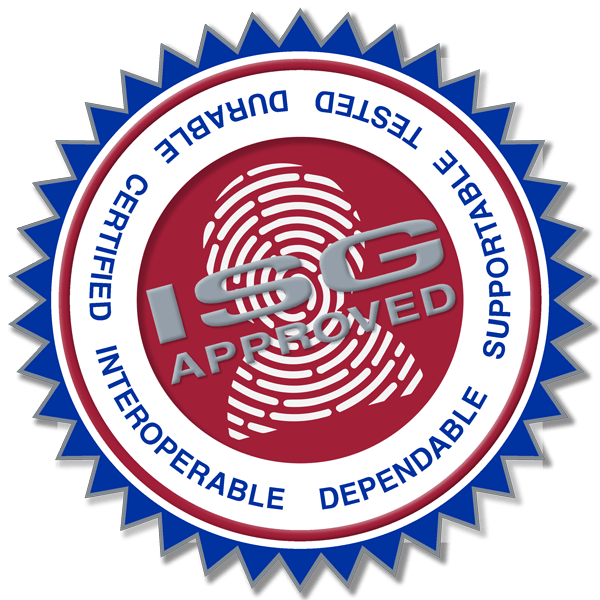Re-posted with permission from M2SYS and edited.
This is the continuation of last week’s post on seven straightforward steps recommended to improve healthcare IT infrastructure security.
4) Practice Whitelisting
Whitelisting, more commonly referred to as Application Control, involves limiting the users, systems, applications, and devices that can attach to your network to those clearly mentioned in the ‘whitelist’. Therefore, if an individual doesn’t happen to be on the list, they’re straight away denied access.
There are multiple ways to manage whitelisting, including file and folder attributes, domain names, cryptographic attributes, digital signatures, physical or IP addresses, etc.
While maintaining a whitelist may seem inconvenient in the beginning, it is one of the most effective methods for protecting your data against vulnerabilities that can be instigated by external devices and users that usually aren’t regulated by your IT department and therefore, aren’t subject to the same security scrutiny as your own internal systems.
5) Maintain a Secure Backup
In the event of a security breach, making sure a well-tested recovery plan is in place, and a dependable and authentic backup copy of your data is available, can lower the impact instilled by the breach and enable operations to resume with a slight, if any, interference in care delivery from your end.
To be secure against attacks that are targeted at data consistency or availability is essential to make sure that backups are geographically separated and cordoned off from production systems and networks to ensure they are not directly connected to compromised systems.
6) Utilize Blockchain Technology
A progressive approach, Blockchain happens to be that new innovation which is not yet extensively adopted within the healthcare domain. Even then, blockchain presents significant promise for deploying a highly reliable and secure method for exchanging information.
With Blockchain, no single establishment or entity has absolute control or ownership of the protected data, it in fact is safely dispensed across a system of participating entities who collectively track, store, and validate information as well as transactions. Any alterations or updates in data are recorded in an immutable ledger. Additionally, in order for a piece of data to be regarded ‘true’, agreement is required across all members of the Blockchain.
This technology enables unencumbered access to patient health records while virtually eliminating the possibility for data to be maliciously altered, deleted, or tampered with.
7) Look to the Experts
Yet another common issue many healthcare organizations face is the absence of true security prowess within the IT team. owing to monetary constraints, many IT personnel are called upon to be ‘jacks of all trades’, mastering server and workstation hardware, storage, virtualization, software management, etc. – in addition to managing and setting up network and software security management. Each of these are regarded professional disciplines by themselves and require uninterrupted practical experience to be executed par excellence.
If you wish to ensure your data and systems are well protected at all times, it is necessary to appoint a security expert. One option is utilizing managed services for your healthcare IT infrastructure, software and data management, where the responsibility of security management is offloaded to a cloud provider who is equipped with experienced and dedicated security experts. Alternatively, engaging an expert resource such as an experienced consultant can help define and execute security controls and processes alongside your existing team, providing the expertise you need while avoiding the cost and commitment of a full-time employee.
Lastly, it’s important to remember that while security is an omnipresent necessity across healthcare, like several other aspects of healthcare IT, it does not come with a one-size-fits-all solution.
Choosing and instrumenting security controls that will work best for your healthcare practice requires an insightful analysis of your current policies and operations – that too, without compromising the efficacy of your care delivery services.
Get Help from Your Local ISG Experts
The ISG is a network of identification and security experts across the US and Canada. We have been working together with healthcare clients for almost 40 years to provide only teh best solutions to help secure you people, places and things, including your irreplaceable data.
We offer a variety of solutions from brand name partners like M2SYS, Entrust, BadgePass, PDC, Brady and more. We assist healthcare organizations of different types and sizes with a wide range of identification and security products, including physical and logical access control. We can also help your facility with your current and future planning for your healthcare IT infrastructure needs.
Original article written by Shaon Shahnewaz for M2SYS.


